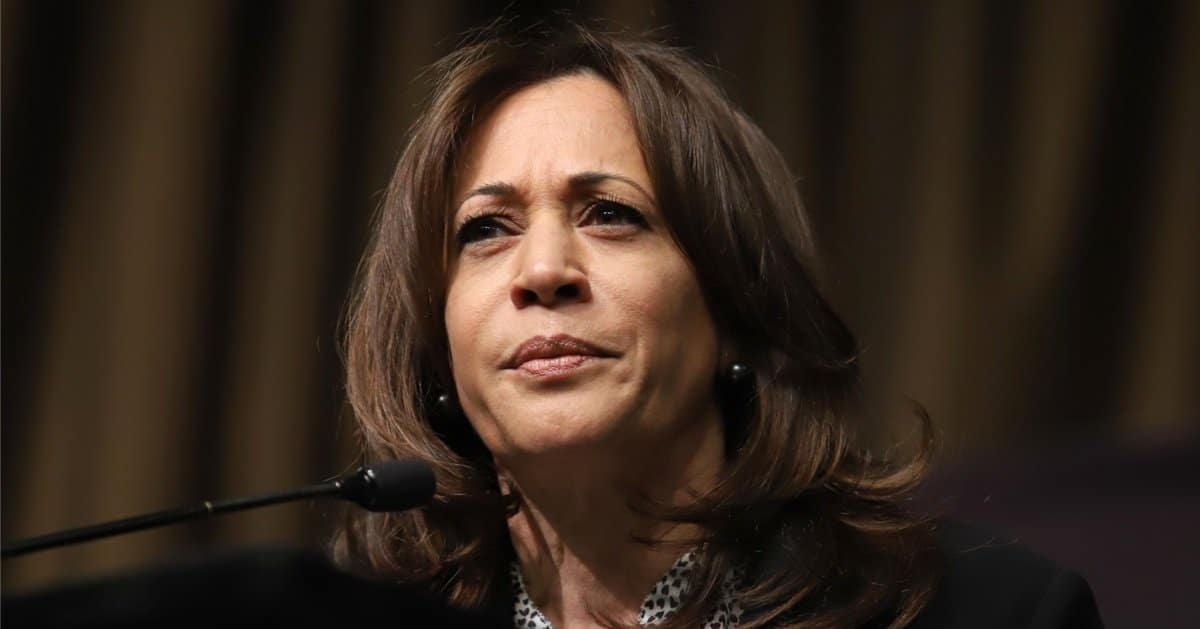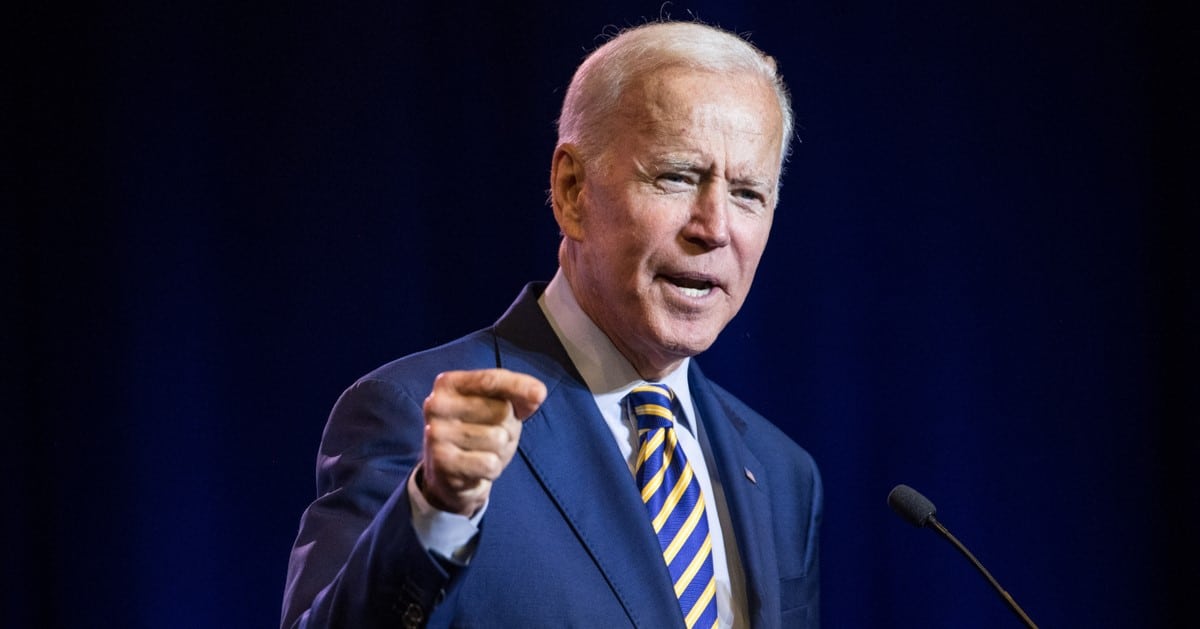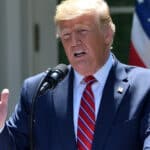President-elect Donald Trump, having won the 2024 election, is now focusing on building his administration. This process involves appointing lawmakers to various key positions, which in turn leads to vacancies that need to be filled back in Congress.
Among the notable appointments, President-elect Trump has chosen Senator JD Vance as the Vice President-elect and Representative Elise Stefanik as the U.S. Ambassador to the United Nations.
Additionally, Senator Marco Rubio has been nominated as the Secretary of State.
Understanding The Replacement Process For Senate Seats
The vacancies these appointments create are significant, affecting both Senate and House seats across multiple states including Ohio, Florida, and New York. Each state has a different process for handling these vacancies.
In Ohio and Florida, the respective governors are responsible for appointing replacements. Ohio Governor Mike DeWine and Florida Governor Ron DeSantis will select individuals who will serve in the Senate until special elections can be held in 2026.
The winners of these special elections will then serve the remainder of the original terms, which conclude in 2028. This ensures that constituents are represented without a significant lapse in leadership.
In Ohio, potential candidates for Vance's vacated Senate seat include Secretary of State Frank LaRose, state Senator Matt Dolan, and former Ohio GOP chair Jane Timken. These figures are prominent within the state’s political landscape and offer a range of perspectives and experiences.
Florida’s list of potential candidates for Rubio's seat includes Lara Trump, James Utheier, Jeanette Nunez, Ashley Moody, and Jose Olivia. Each candidate brings unique qualifications that could serve Florida’s diverse population effectively.
Handling House Seat Vacancies Through Special Elections
For the House of Representatives, the vacancy created by Representative Elise Stefanik in New York’s 21st congressional district, and another in Florida, will be filled through special elections. The governors of the relevant states set the dates for these elections.
New York Governor Kathy Hochul is expected to schedule the special election to replace Stefanik within 90 days, aiming to minimize the duration of the vacancy.
This quick response helps maintain governance efficiency and ensures continuous representation.
In Florida, Governor Ron DeSantis will also determine the timeframe for a special election to replace Representative Michael Waltz.
Timeliness in these decisions is crucial for maintaining the functionality of the legislative body.
The appointments and subsequent vacancies highlight the interconnected nature of different governmental roles and underscore the importance of timely replacements in maintaining effective governance.
This series of changes within the government also provides opportunities for new leaders to emerge and for existing politicians to take on new roles and responsibilities.
As these developments unfold, the political landscape in Washington D.C. is set to see significant shifts, reflecting both the priorities of the incoming administration and the dynamic nature of American politics.








